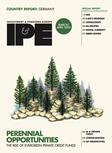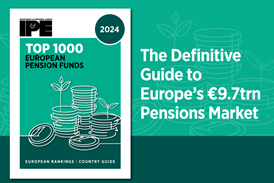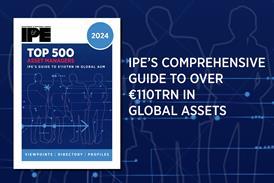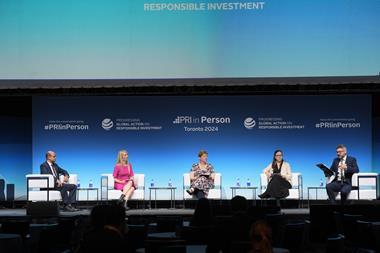The Institutional Investors Group on Climate Change (IIGCC) has launched a consultation into its climate resilience framework to encourage more investors to factor climate risk into their investment strategies.
Designed to complement the Net Zero Investment Framework (NZIF), the Climate Resilience Investment Framework (CRIF) outlines the benefits of managing physical climate risks from a financial materiality perspective.
“Reducing physical climate risks across value-chains and encouraging investment in adaptation solutions is part of this framework promotion of systemic resilience as part of the overall objective of climate resilience goals,” the report stated.
Notable differences from the NZIF include target setting as process-based, not outcome-based, reflecting the nuances of climate resilience.
The CRIF framework also encourages a shift in focus from merely assessing environmental impacts to actively incorporating climate resilience into investment strategies.
The new framework incorporates the Task Force on Climate-related Financial Disclosures (TCFD), Taskforce on Nature-related Financial Disclosures (TNFD), and the International Sustainability Standards Board (ISSB), thereby enhancing accountability in managing physical climate risks and adaptation strategies
Asset class guidance
The guidance urges real estate and infrastructure investors to integrate nature considerations into their engagement strategies, while working towards improving the overall resilience of their portfolios in light of physical climate risks.
Previously, the IIGCC launched its net zero guidance for infrastructure investors in 2023, followed by a discussion paper last year proposing ways that investors could consider integrating the physical climate risk assessment methodology (PCRAM) into their existing investor processes.
Speaking to IPE, Adrian Fenton, senior investor strategies programme manager at the IIGCC, said: “CRIF and PCRAM equip investors with a high-level framework and tool to manage physical climate risks and communicate their efforts.”
“While CRIF supports physical climate risk management, PCRAM helps build the financial case for investing in adaptation and resilience. As the materiality of physical climate risks increase, managing these risks effectively is key to protecting financial returns and strengthening the resilience of both individual assets and portfolios,” Fenton added.
The framework comes as investors are becoming increasingly aware of the need to align their portfolios to the future economic realities resulting from climate change.
In doing so, the IIGCC said this will allow investors to mitigate potential financial losses from climate impacts while leveraging sustainability and resilience opportunities.
Furthermore, the framework encourages collaboration among investors and policymakers, to push for better data availability and policy frameworks that can support climate resilience investments.
The consultation is open until 10 April 2025.
The latest digital edition of IPE’s magazine is now available

Topics
- Asset Allocation
- Climate change
- climate risk
- consultation
- ESG
- European Union
- Institutional Investors Group on Climate Change (IIGCC)
- International Sustainability Standards Board (ISSB)
- net zero
- Net Zero Investment Framework (NZIF)
- Strategies
- Sustainability
- Task Force on Climate-related Financial Disclosures (TCFD)
- Taskforce on Nature-related Financial Disclosures (TNFD)
- United Kingdom






















No comments yet